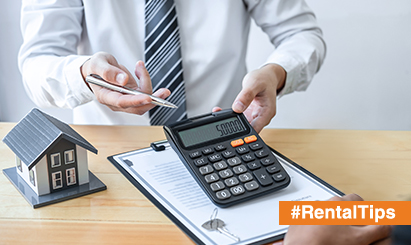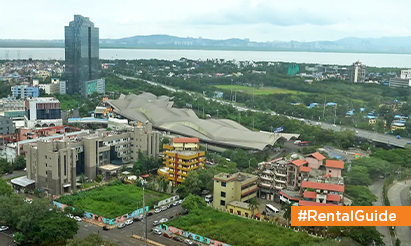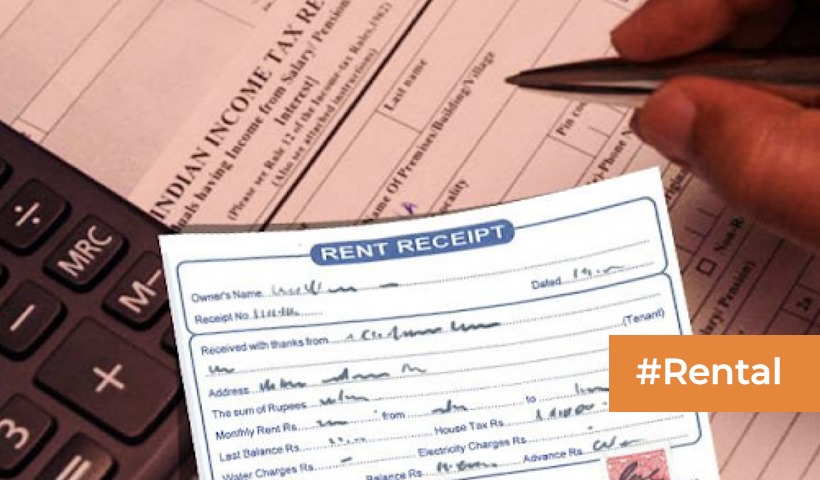Why are Zero rental flats an emerging trend in Mumbai?
In Mumbai, heavy deposit or zero rental flats are becoming increasingly popular.
The tendency that had previously gained traction in the Mira Road and Vasai-Virar extended suburbs has progressively spread to other sections of the city. People searching for rental housing in Mumbai, particularly millennials with transferrable employment, are increasingly tempted to the zero-rent plan. To clarify, the zero rental flat plan allows tenants to reside in a flat without having to pay rent for the duration of their stay.
In most cases, a renter pays the monthly rent as well as a security deposit for the apartment. The renter of a zero rental apartment, on the other hand, does not pay any monthly rent. Instead, depending on the location of the property, the owner requires a large deposit. If the unit is in excellent condition after the tenancy time ends, this money is refunded to the renter. If the rental agreement allows it, the landlord can remove money in the event of property damage or unpaid utility bills.
Nearly a third of those looking for rental housing in Mumbai are ready to pay a high deposit to save money on monthly rent. The amount of a large deposit required by landlords is determined by the current rental rate in a certain location. Typically, it is 100 times the monthly rent. For example, a large deposit of Rs 20 lakh would be required for an apartment offered for Rs 20,000 per month. Similarly, for a flat that is rented for Rs 30,000 per month, the cost would be Rs 30 lakh.
What are the advantages of Zero Rental Flats?
Both the renter and the landlord benefit from high deposit units. These provide a wonderful chance for renters to save money on their monthly rent, especially in cities like Mumbai, where rents are exorbitantly high. Furthermore, if the unit is well-maintained, the renter receives the entire deposit returned.The owner, on the other hand, receives a substantial sum from the outset, which can be spent and invested elsewhere. Paying for utilities, such as power and water bills, is a nuisance for the owner in the typical house renting procedure, especially in the last month of the lease. Furthermore, every time a tenant vacates the home, the landlord must spend a significant amount of money on repairs since new renters insist on basic house upkeep. A deposit of Rs 25,000-50,000 is ineffective during such situations. These regulations are unnecessary because the owner can deduct the costs from the deposit.
For quite some time, Mumbai has had a pattern of zero rentals or high deposits. However, it has been increasingly apparent in recent days as the market’s essential inventory is quickly depleting. For both the apartment owner and the renter, the program is a win-win situation. A large deposit relieves the renter of the burden of monthly rental payments while also protecting the owner against property damage. The money received from such flats is usually re-invested by the owners in other assets or bank deposit programs. Furthermore, because the owner already possesses the security deposit amount in bulk, it is easier to prolong the tenancy duration in large deposit flats. The tendency is particularly noticeable in Mumbai’s well-known micro-markets, such as Mulund, Chandivali, Bandra, Goregaon, Malad, and Andheri East.
While the notion of big deposit apartments benefits both the landlord and the renter, the tenant must pay a large upfront deposit.
Disclaimer: The views expressed above are for informational purposes only based on industry reports and related news stories. PropertyPistol does not guarantee the accuracy, completeness, or reliability of the information and shall not be held responsible for any action taken based on the published information.




